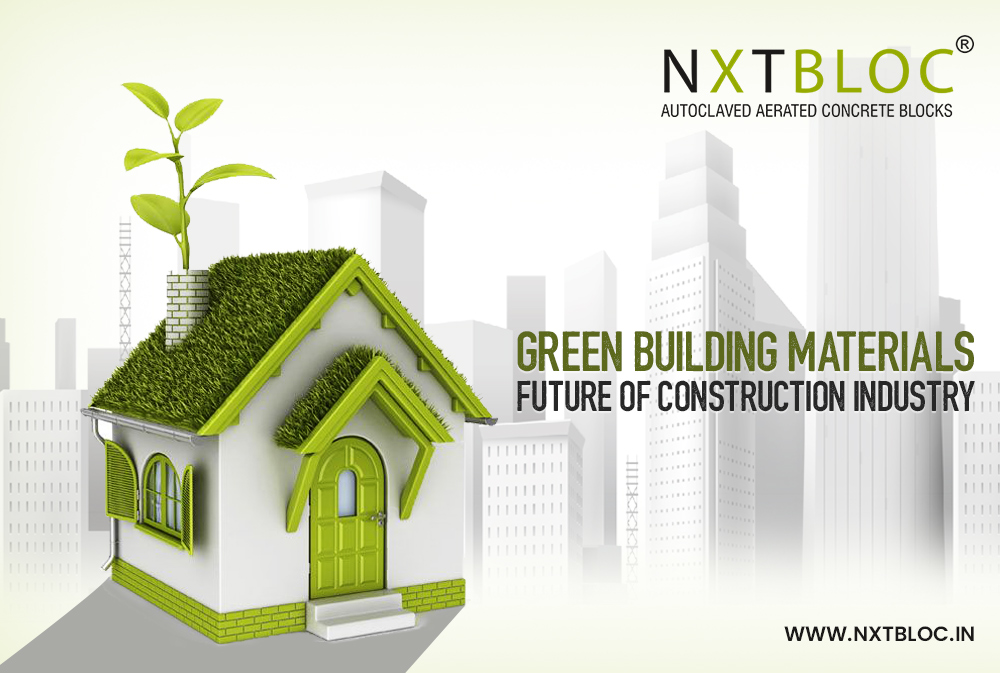The global climate crisis is reaching an ominous peak, and governments and individuals are being forced to change aspects of their lifestyles in order to save the Earth for future generations. But awareness seems to be growing, and as a result, many organizations are pushing new approaches to sustainable innovation.
One of the answers to this situation is the emergence of green building, that is, the design and construction of structures that do not impose themselves on the natural environment but help it grow and flourish.
But are green buildings just a flash, a trend that will fade as other priorities emerge? Or are we looking for a window into the future and a way to use the construct needed to improve the planet?
What is Green Building?
Two main aspects define green buildings. One is to create a workspace that operates sustainably, using environmentally friendly materials and processes, and using its resources efficiently.
The other is to build a building that is defined by the local environment and does not adversely affect it – in fact, it should have a positive impact on the environment.
Building in this way means using clean energy and natural light, maximizing the use of natural and ecological resources, and adding value to the lives of those who live there. Not only does this mean cleaner air and a more pleasant environment, but it also improves productivity and positively impacts the mental health of all residents.
Cost of Green Building
Creating green buildings once seemed prohibitively expensive. Today, however, public sentiment has changed, and green building is perceived more like a necessity. It is true that the cost of green design and construction is less than traditional construction. But renewable energy and natural lighting will mean much lower energy bills for residents and businesses that choose to occupy green buildings.
In terms of cost, the case for green buildings is clear: these innovations improve our quality of life and help conserve the environment and natural resources.
Green Building Construction – A Sustainable Future
Sustainable and green building is the future of the construction industry. Not only does this help protect the environment, but the green buildings can actually reduce the cost of running a building operation over time.
Identifying sustainable building materials may seem easy, but when you think about it, is it really that easy?
For many years, our buildings have been constructed primarily from concrete, steel, glass and brick. Concrete is actually one of the most widely used as well as one of the worst building materials in the world.
As materials become scarce, the cost of raw materials rises, and concerns about the recyclability of building materials increase, there is growing interest in alternative materials. What’s interesting about many of these alternatives is that they are not new ideas. Instead, they are often an environmental by-product of the materials we already use today.
Green building materials are here to stay
There are so many durable and sustainable green building materials to choose from. The ability to bring in alternatives from industry through your own recommendations can lead to green building, waste reduction and cost savings.
AAC blocks are certified green eco-friendly building materials that increase the strength of the establishment. Thus, the properties of the AAC blocks will further facilitate energy efficiency and the approach to “green” buildings.
AAC blocks strictly follow sustainable and environmentally friendly practices and select recycled waste; forming a green product. With eco-friendly AAC blocks, you will build a beautiful home without harming the environment. The use of these blocks will ensure that your establishment is well protected from the weather, guaranteeing durability in all aspects.
NXTBloc is a venture of Mohit Industries Surat, Gujarat and is working hard to create a greener India with our machines, we aim to promote green technology in the construction industry.
